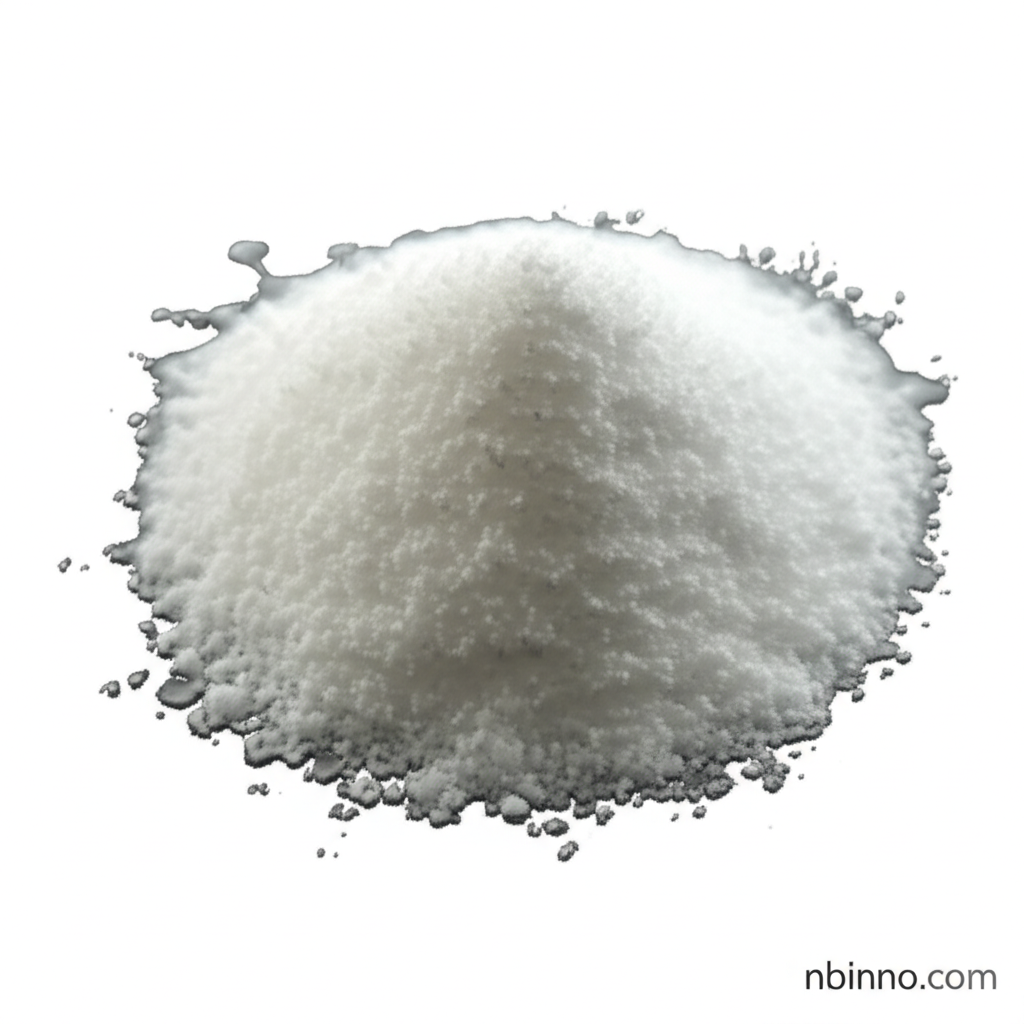Hexachlorobenzene (CAS 118-74-1): Properties, Uses, and Environmental Impact
Exploring the history, applications, and significant health and environmental concerns associated with this once-common fungicide.
Get a Quote & SampleProduct Core Value

Hexachlorobenzene
Hexachlorobenzene, identified by CAS 118-74-1, is a stable, white, crystalline chlorinated hydrocarbon. Historically, its primary role was as an agricultural fungicide, specifically for seed treatment to combat diseases like bunt in wheat. It also served as an intermediate in various organic synthesis processes. Due to its persistence and cumulative nature in biological tissues, it poses significant health risks, including carcinogenicity, and has been globally banned under the Stockholm Convention on Persistent Organic Pollutants.
- Understanding the Hexachlorobenzene fungicide uses reveals its past agricultural significance and the reasons for its eventual prohibition.
- The physical and chemical properties of Hexachlorobenzene CAS 118-74-1 properties dictate its behavior and persistence in the environment.
- The global ban under the HCB Stockholm Convention underscores the serious environmental and health threats posed by this compound.
- Exploring Hexachlorobenzene intermediate in organic synthesis highlights its utility in chemical manufacturing before its environmental risks were fully understood.
Advantages and Characteristics
Historical Efficacy
For a period, Hexachlorobenzene was effective in agricultural settings, playing a role in controlling fungal diseases, which is a key aspect of understanding Hexachlorobenzene agriculture practices of the past.
Chemical Intermediate Role
Beyond its direct use, it functioned as an important intermediate in organic synthesis, contributing to the development of other chemical compounds, a function vital to grasp for those studying Hexachlorobenzene intermediate in organic synthesis.
Persistence and Bioaccumulation
While not an advantage, its environmental persistence is a critical characteristic. Understanding the environmental impact of Hexachlorobenzene is crucial for remediation and prevention strategies.
Key Applications
Agricultural Fungicide
Historically utilized for seed treatment, especially on wheat, to control fungal diseases like bunt. This application is central to understanding Hexachlorobenzene fungicide uses.
Organic Synthesis Intermediate
Served as a building block in the production of other chemicals, contributing to various industrial processes. The role in Hexachlorobenzene intermediate in organic synthesis is a notable aspect of its chemical utility.
Pesticide Use
More broadly, it falls under the category of pesticides, with past applications in controlling fungal growth in agricultural contexts. Examining Hexachlorobenzene agriculture provides historical context.
Chemical Manufacturing
Its use as an intermediate also signifies its role within the broader chemical manufacturing industry, where chemical properties are leveraged for creating diverse products.
